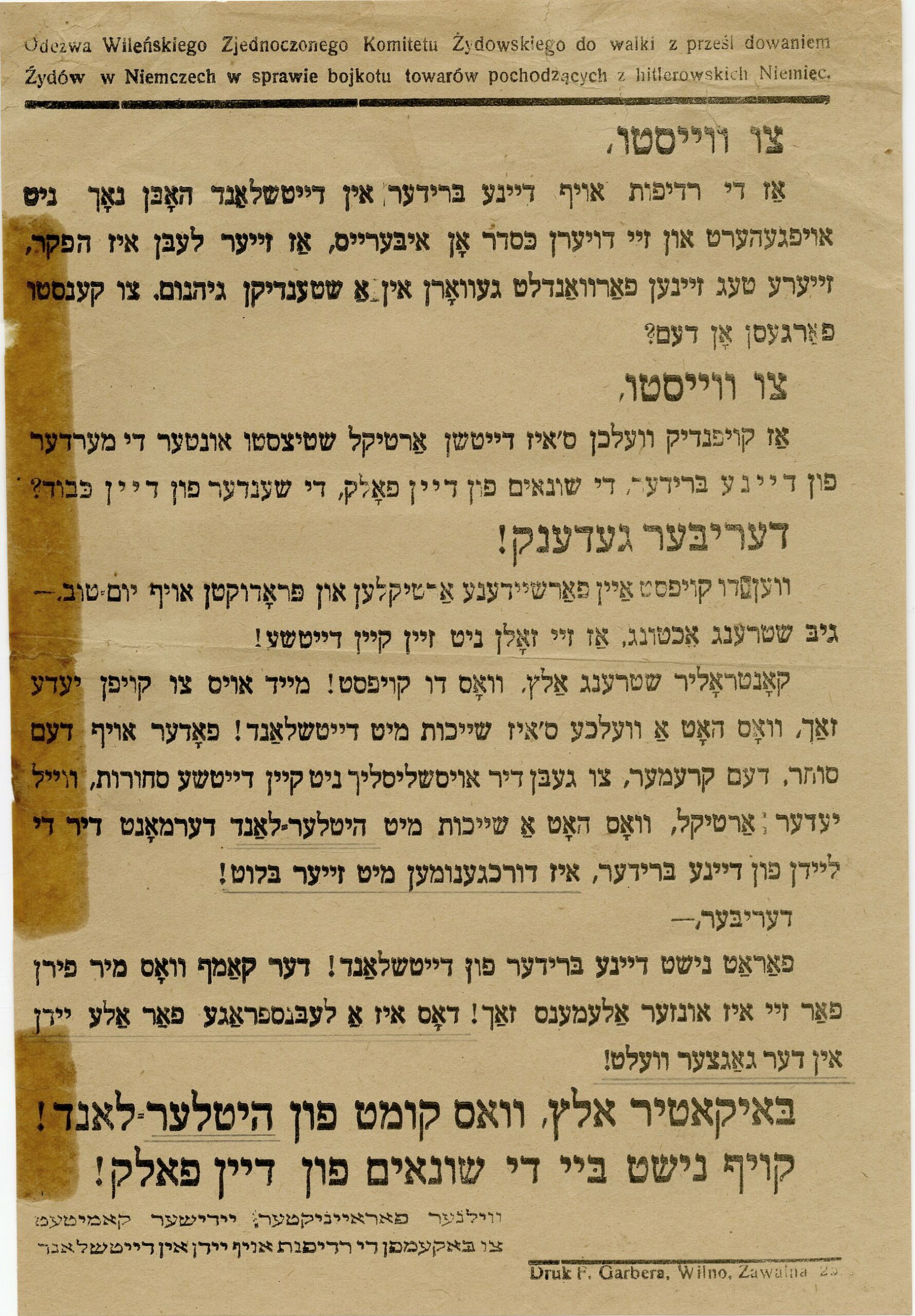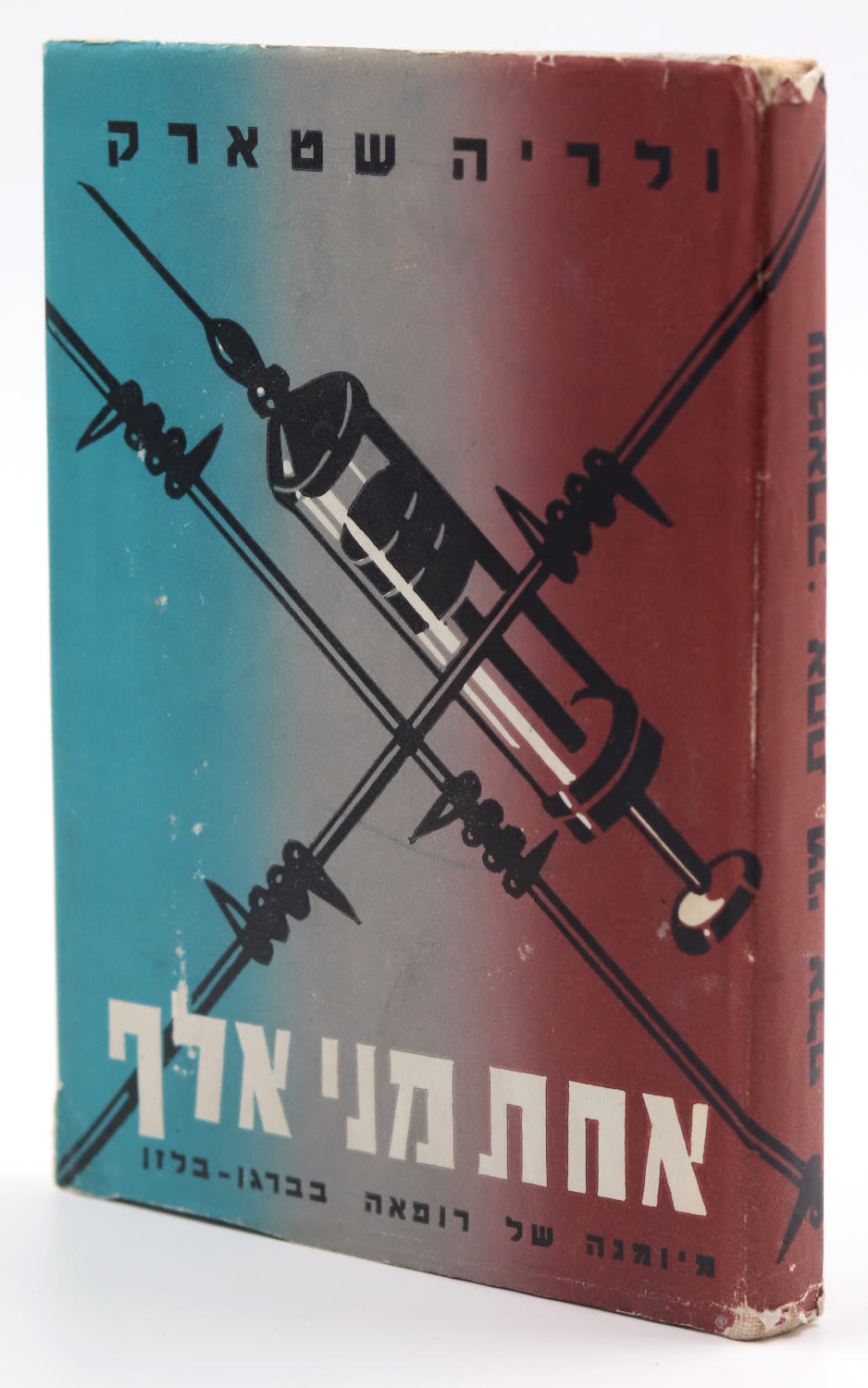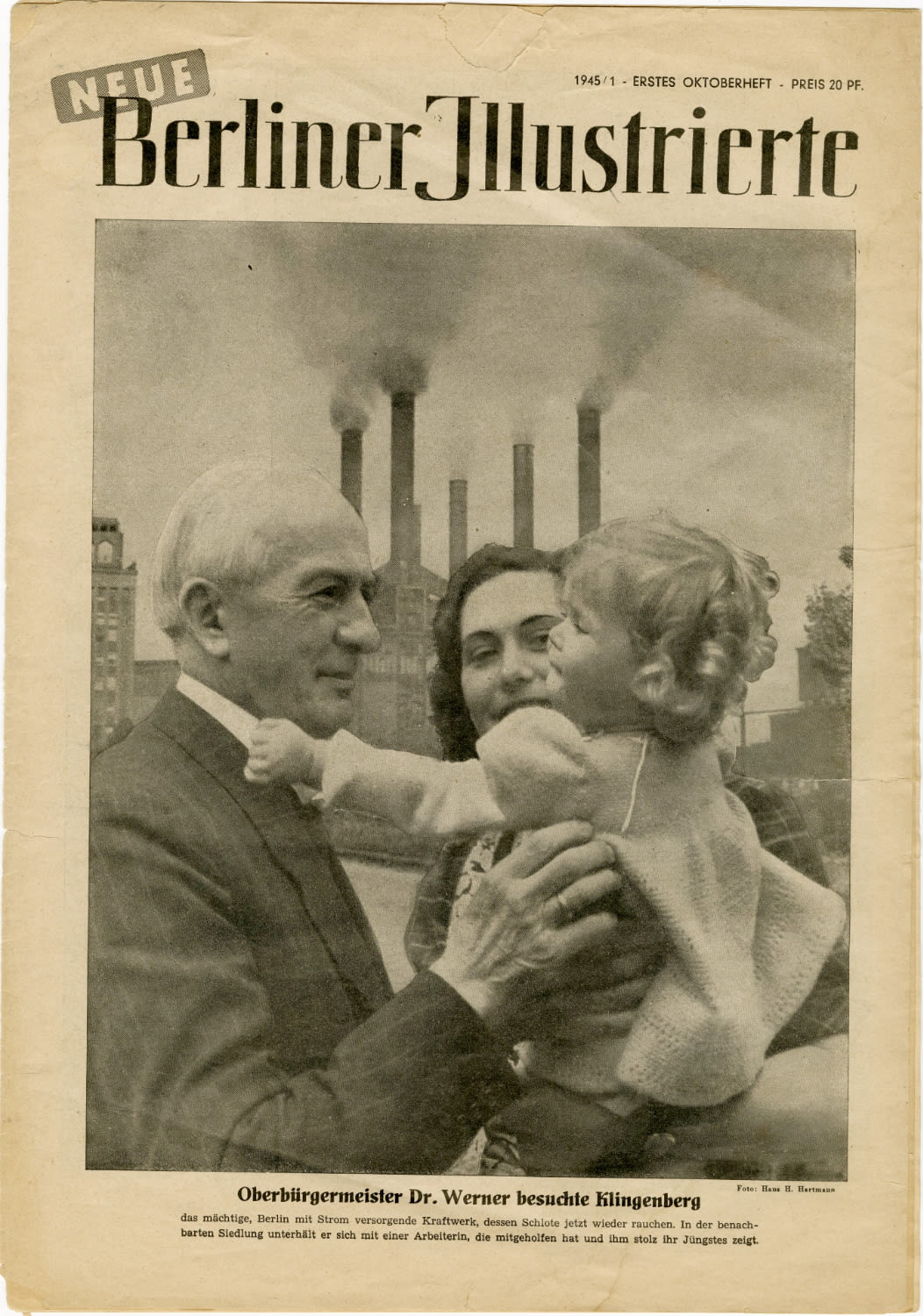VEERTIG MAANDEN ORANIENBURG - Forty Months in Oranienburg by Dr. F. Peeters, published by "Het Volk". Dutch. An early testimony of a prisoner from the Oranienburg concentration camp, and later Sachsenhausen - one of the few detailed testimonies of a survivor from Oranienburg. The book is accompanied by illustrations of brutal scenes of abuse of prisoners in the camp. Netherlands, 1946 - first edition.
In the introduction, the author writes that he apologizes for not being able to convey the suffering and cruelty that the prisoners of the camps endured, and apologizes to the dead for not making it clear enough to readers what they went through. He writes these apologies after the book is filled with very harsh descriptions, which almost cannot capture the terrible suffering that was inflicted on human beings in reality. Dr. Peeters was a journalist who published articles against the Nazis, including one of his well-known articles called "Brown Bolshevism." He was arrested and brought to Oranienburg and imprisoned as prisoner number 40981. In the camp, he was forced to work in the nearby forest. He stayed in Oranienburg and later in Sachsenhausen for a long period of three and a half years and was one of the few prisoners who survived such a long period and remained alive (most of the surviving prisoners arrived at the camp later and stayed for a relatively short time, while the rest of them were mostly killed). Peeters used to organize the day's events in his mind at night and prepare them for writing at every opportunity that arose in the camp. For this purpose, he used to hide papers, although he knew that if caught, he would be killed. He "rehearsed" and imagined himself standing in front of an audience telling what the Nazis did to him and his fellow prisoners, thus strengthening his memory so that the things he experienced and saw in the camp would not be forgotten.
The descriptions of the camp and the events that occurred in it are incredibly accurate. It's hard to believe that a prisoner who suffered such severe hardships was able to write about them so clearly and distinctly during their occurrence. In his important testimony, Dr. Peeters describes in detail the structure of the Oranienburg camp and its various sections, the various roles of the SS commanders and their hierarchical structure, the humiliations, beatings, and tortures, the daily routine of forced labor and abuses that the Nazis carried out against the prisoners, and the executions of prisoners who did not comply with their commanders' demands (a prisoner who spoke out of turn to a commander without prior permission was immediately executed). He also describes the various forms of public punishment (prisoners were humiliated for days on end at the camp gate in all weather conditions, in front of all their fellow prisoners), the constant hunger and longing for freedom, the various ways in which the Nazis tried to conceal the number of deaths in the camp, and the different forms of death that the Nazis carried out in the camp. As the Nazis faced defeat on the Russian front, the Russian prisoners in the camp suffered more.
One of the most difficult emotionally to read chapters, is the chapter where the author elaborates on the term "Muselmann" used in the concentration camps (a term that was mainly exposed to the world in the Eichmann trial through the testimonies of survivors who described the "Muselmann" in the camps) - a prisoner who is physically considered dead, but in fact is still alive. His body is completely distorted, his bones protrude in a horrifying manner, he is unable to stand or sit, he is almost completely dysfunctional, his weight drops drastically, he is no longer able to eat or work, and the author describes how some of his fellow prisoners turned into "Muselmanns" and how difficult it was for him to see them in this condition, and how they found their deaths in a short time. On May 2, 1945, the Red Army released the remaining refugees of the Death March, near the city of Schwern in Germany. The Sachsenhausen camp itself was liberated by Soviet forces on April 22, 1945. At the time of the liberation, only about 3,000 emaciated, sick and starving prisoners were found - Dr. Peeters was one of them.
In March 1933, a few weeks after the Nazi party came to power in Germany, an improvised concentration camp was established in the city of Oranienburg near Berlin, after SA forces took over an abandoned factory in the city and used it to incarcerate political opponents. This camp played an important role in the first period of the Nazi regime's entrenchment in Berlin through means of terrorism, persecution of the opposition and its disappearance. After the practical liquidation of the SA on the night of the long knives, the Oranienburg camp passed to the SS, which decided to close it on July 13, 1934. Two years later, in 1936, the SS established a new, modern, carefully planned camp in the Sachsenhausen district on the outskirts of the city rather than in the center of the city, and became known as the "Sachsenhausen concentration camp" (KZ Sachsenhausen). The city of Oranienburg itself became known as the "SS city", where many of the organization's senior officials lived with their families, and where some of their facilities and headquarters were located, alongside the Sachsenhausen camp. From April to June 1941, SS physician Dr. Friedrich Menke conducted a selection among the camp inmates, sorting to death frail prisoners and patients as part of an operation to expand the T4 program - euthanasia and apply it to camp inmates who were too weak to work. The prisoners sorted to death were transferred to Sonnenstein, a center where physically and mentally handicapped people were systematically gassed by SS doctors.
During the second half of 1941, some 18,000 Soviet prisoners of war were incarcerated in Sachsenhausen. Some 13,000 of them were executed in the camp.
.
345 [2] p. Light stains. Good condition.














